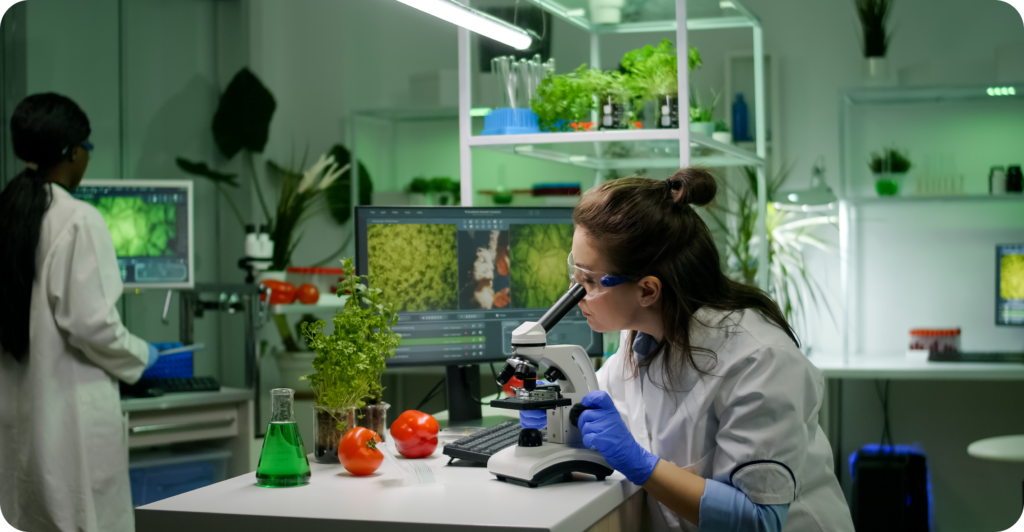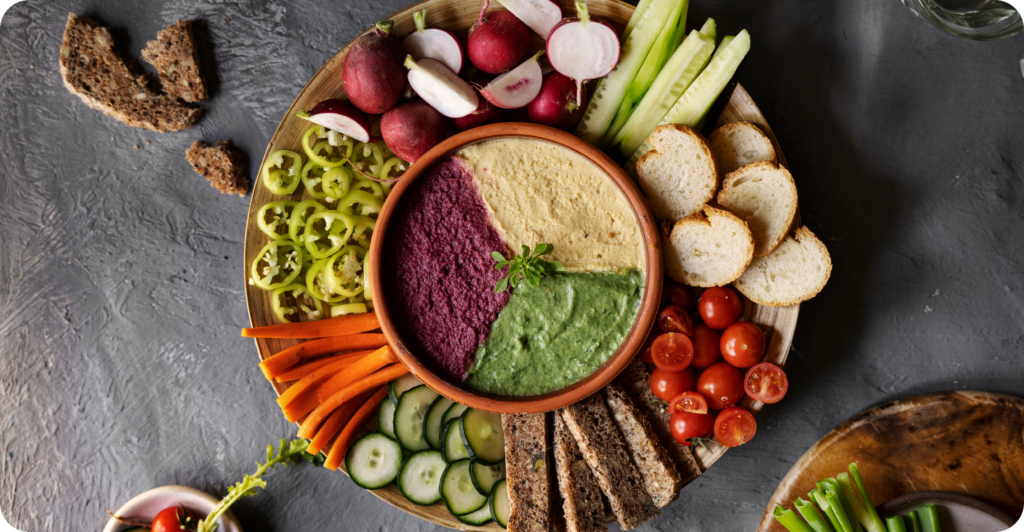Cultivated Protein: Transforming Food Systems
In the quest for a sustainable and ethical food system, cultivated protein has emerged as a game-changing innovation. By producing meat, seafood, and other animal-based products directly from cells, this revolutionary approach eliminates the need for traditional livestock farming. The result? A solution that aligns with environmental, ethical, and health-conscious priorities.

What Is Cultivated Protein?
Cultivated protein, also known as lab-grown or cell-based protein, is created by cultivating animal cells in a controlled environment. Using advanced biotechnological methods, these cells are grown in nutrient-rich cultures to form tissue that mirrors the texture, taste, and nutritional profile of conventional meat.
How Cultivated Protein Is Made
The process involves:
- Cell Selection: Cells are taken from animals via a painless biopsy or derived from stem cells.
- Cultivation: These cells are placed in a bioreactor and supplied with a mix of nutrients, including proteins, vitamins, and minerals.
- Growth and Differentiation: Cells multiply and form muscle and fat tissue, mimicking the composition of meat.
- Harvesting and Processing: Once grown, the cultivated tissue is harvested and processed into a variety of meat products.
Applications of Cultivated Protein
The versatility of cultivated protein allows it to be used in:
- Meat Products: Beef, chicken, pork, and seafood alternatives that replicate traditional cuts and flavors.
- Hybrid Foods: Blended products combining plant-based and cultivated proteins for unique taste and texture profiles.
- Nutritional Innovations: Customized proteins designed to meet dietary and health requirements.
Challenges on the Horizon
While the promise of cultivated protein is immense, there are hurdles to overcome:
- Cost of Production: Although costs are decreasing, large-scale production remains expensive.
- Consumer Acceptance: Educating consumers about the safety and benefits of cultivated protein is crucial for widespread adoption.
- Regulatory Approvals: Navigating varying global regulations for cell-based foods is a complex and ongoing process.
The Role of Cultivated Protein in Alternative Protein Solutions
Cultivated protein complements plant-based options, offering a comprehensive solution to meet global protein demand. It bridges the gap for consumers who desire the taste and experience of real meat but are looking for more sustainable choices.
Why Now Is the Time to Embrace Cultivated Protein
The alternative protein industry, including cultivated protein, is poised for exponential growth. Advances in biotechnology, increasing environmental concerns, and shifting consumer preferences make this the perfect time to invest in and support cultivated protein innovations.



